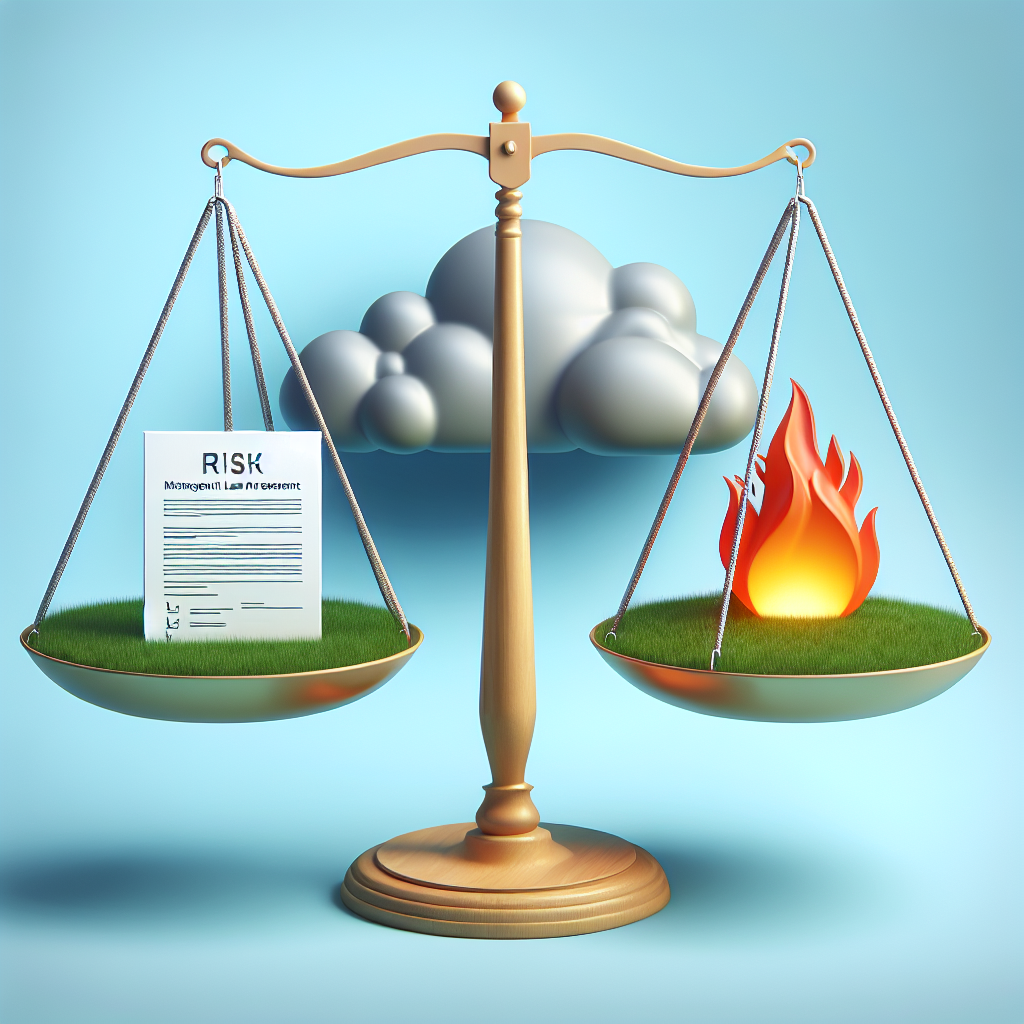In today’s complex business environment, ensuring compliance with regulations and standards is a critical task for organizations across all industries. Failure to comply with these requirements can result in financial penalties, reputational damage, and even legal action. One effective tool that organizations can use to help manage compliance risk is a Service Level Agreement (SLA).
A Service Level Agreement is a contract between a service provider and a customer that outlines the level of service that is expected, as well as the consequences if those expectations are not met. SLAs are commonly used in the IT industry, but they can also be applied to other areas of business such as procurement, human resources, and customer service.
One of the key benefits of using SLAs to manage compliance risk is that they provide a clear framework for both parties to understand their responsibilities and obligations. By clearly defining the scope of services, performance metrics, and escalation procedures, SLAs help to minimize misunderstandings and ensure that expectations are aligned.
Furthermore, SLAs can also help to incentivize compliance by including penalties or incentives for meeting or failing to meet certain performance targets. For example, a service provider might agree to pay a financial penalty if they fail to meet a specific service level target, or a customer might agree to pay a bonus if the provider exceeds expectations.
By incorporating compliance requirements into SLAs, organizations can ensure that their service providers are aware of their regulatory obligations and are committed to meeting them. This can help to mitigate the risk of non-compliance and demonstrate to regulators that the organization is taking proactive steps to manage its compliance risk.
In conclusion, Service Level Agreements are a valuable tool for organizations looking to manage compliance risk. By clearly defining expectations, establishing performance metrics, and incorporating compliance requirements, SLAs can help to ensure that both parties are aligned in their efforts to meet regulatory obligations and minimize the risk of non-compliance. Organizations that prioritize the use of SLAs in their vendor relationships are better positioned to manage compliance risk and protect their reputation in an increasingly regulated business environment.


Leave a Reply